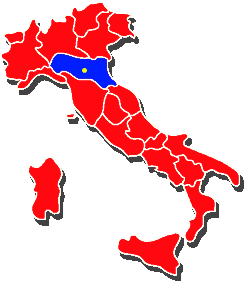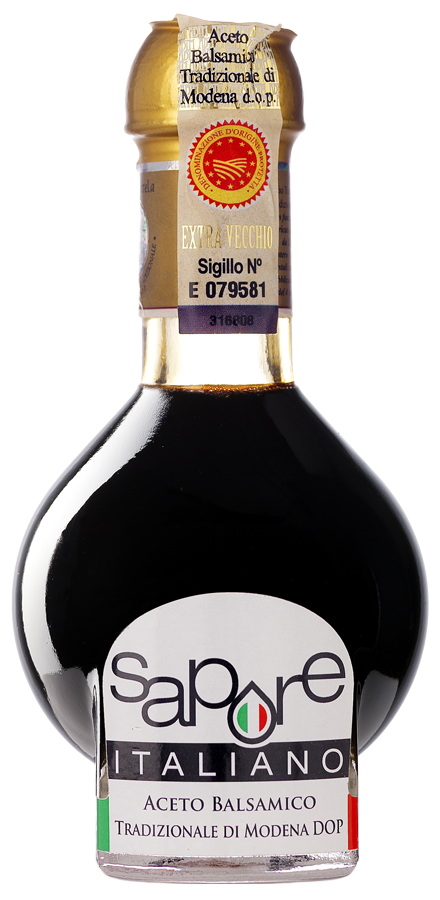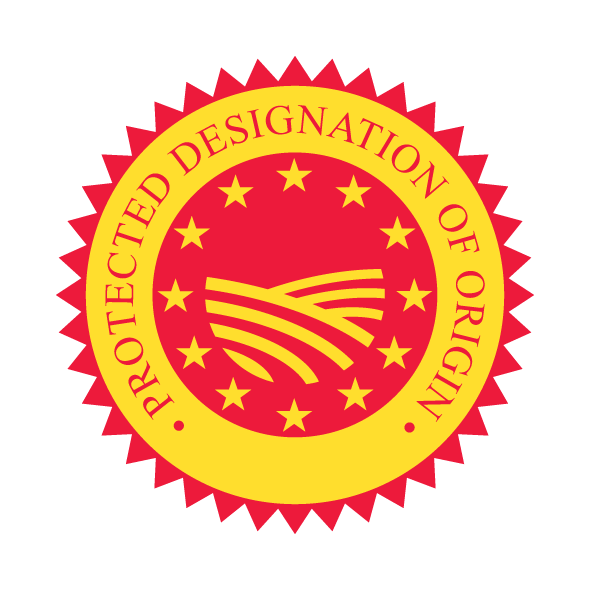Understanding Balsamic Vinegar
More or less thirty years ago, Balsamics Vinegar were just getting known in the U.S.
Traditional Balsamic Vinegar weren’t even available for purchase but had to be given as gifts from Italian friends. Today you are enriched with great products available at specialty stores and online, but sadly, most people have had only the imitation product. Given that Balsamic Vinegar is one of the great pleasures of the food world, seeking out an authentic bottle is well worth the time and expense. You have to learn how to read labels, ask, and then ask again. But, as with learning about wines, once you come up the curve a bit, the rewards are spectacular.
Gleaming dark brown in color with an intensely fruity aroma and an exquisite sweet-and-tart flavor, authentic Aceto Balsamico”Balsamic Vinegar” is a specialty of the Emilia-Romagna region of northern Italy. It is made specifically in the provinces of Modena and Reggio Emilia and is often credited as originating in the city of Modena. Today it is protected with a D.O.P. designation (P.D.O.) only vinegar made in the region can be called balsamic.
How many kinds of Balsamic Vinegar are there?
Traditional Balsamic Vinegar of Modena PDO:
is made in Modena using artisan methods established in the Renaissance and dating back to the middle Ages. Production of traditional is strictly monitored by a consortium. To be assured of buying authentic balsamic vinegar, look for the seals of the traditional Consortium and the original round bottle. This balsamic is produced wit one ingredient: cooked grapes must from Modena. The best and rarest: Only about 3,000 gallons are produced each year, carefully tracked by producer by the Consorzio. With its rich flavor and sweet and balance, there is acidity but no acidic taste. The flavor should be the perfect blend of sweet and tart. The color is brown-black and when the bottle is tipped, the vinegar should leave a slick on the side of the glass. The unique taste of this wonderful product helps to allay the sticker shock. You can pay $ 70,00 to $ 500,00 and more for a bottle, depending on the age (12 years to 70 years, 20 to 30 years is common).
Once again, to be sure you are purchasing an authentic Traditional Balsamic, look for the bottle and the seal on cork, which indicates the vinegar was made in Modena or Reggio Emilia. A balsamic at least 12 years old is a Affinato (Refined) and at 25 years they are called Extravecchio (extra-old).
If you see any other bottle shape, it may be a condiment or fake, called “balsamic” to induce you in confusion, but it’s not a traditional.
 |
 |
| Traditional Balsamic Vinegar Of Modena |
Traditional Balsamic Vinegar Of Reggio Emilia |
 Traditional Balsamic Vinegar of Reggio Emilia PDO:
Traditional Balsamic Vinegar of Reggio Emilia PDO:
is produced in Reggio Emilia area in the same way of Traditional Balsamic Vinegar of Modena, but with different bottle an different consortium.
The Consortium:
Today, commercial production of authentic Traditional Balsamic Vinegar is governed by a consortium or producers, Consorzio Tutela Aceto Balsamico Tradizionale di Modena. The Consorzio ensures the strictest controls by supervising every aspect of the production, from the harvesting of the grapes to the packaging and labeling of the bottles. Even the shape of the bottle is mandated!
• The grapes must be of the Trebbiano and Lambrusco varietals (though a few others are allowed in small quantities), and entirely harvested from the vineyards of the region.
• The vinegar must be aged in barrels of at least 3 types of specified wood.
• The vinegar must be aged for minimum of 12 years.
No wonder authentic balsamic is so costly and tastes so good!
In 2000, the European Union bestowed the D.O.P. status (Denominazione di Origine Protetta) P.D.O. (protected designations of Origin). This means that not just that the ingredients must come from the specified geographical area, but that all phases of production must take place in the area.
 Balsamic Vinegar of Modena PGI:
Balsamic Vinegar of Modena PGI:
(Industrial) is mass product made in Italy. The most common ingredients are: wine vinegar, concentrated must, caramel colouring. Sapore Italiano’s Balsamic are different to the mass product, because we use only the best quality raw materials coming from Modena and Emilia Romagna.
In 2009, the European Union bestowed the I.G.P. (PGI protected Geografical Indication).
“Industrial” Balsamic. Commercial balsamic vinegars from the region are quick-process: Either the grape must is caramelized (cooked until it changes color) or caramelized sugar is added. Then, it is aged in large vats with wood chips for flavor. Industriales are a generally blend of cooked grape must and red wine vinegar and are labeled “Aceto Balsamico di Modena” (you will never see the word “industriale”). According to the law, for a vinegar to be labeled as authentic balsamic, it must be aged at least 60 days. Some can have be colored with caramel to make them look like black. Industrials are more acidic than artisan-made balsamics, but the better ones can be very satisfying. Quality and price vary widely, and it can be very confusing to look at a shelf with bottles that cost $5, $10, $15, $20 and $25 or more. Price is not always an indication of quality, and unlike the wine business, there aren’t reviewers who wax poetic on different bottlings. Sapore Italiano’s Balsamic Vinegar of Modena PGI it is not an industrial balsamic. Our balsamic are aged in oak and cherry wood barrels at least 1-2-3 years to 10 years (not days). We do not use additives and coloring agents, we achieve density and color only with the aging.
Condiment:
there are no rules for this products, so each producer can say and write what they want.
Balsamic fake: pay close attention to the labelling, because the true Balsamic Vinegar can be produced only in Modena, ITALY. There are many fakes on the market, mainly produced in U.S. in France in Greece and Spain.
There are many factory-produced imitation balsamics, imported and domestic, that appear in grocery stores and warehouse stores, priced at less than two dollars to under $ 30,00. Most are merely cider vinegar or wine vinegar with caramel coloring and artificial flavoring. Although they serve a purpose, they are not real Balsamic Vinegar; Some can have be colored with caramel to make them look like “real” balsamic, which many further emulate with red wax seals and claims of “aged” (including the further-confusing “aged 6 years,” which can be a far-superior Traditional). The higher-priced ones, often in attractive bottles, can confuse buyers because the prices start to overlap with lower-priced industrials. You might not expect a real Balsamic Vinegar for $ 2. The best way to tell is to look at the ingredients. A real balsamic is made from grape must and vinegar.

